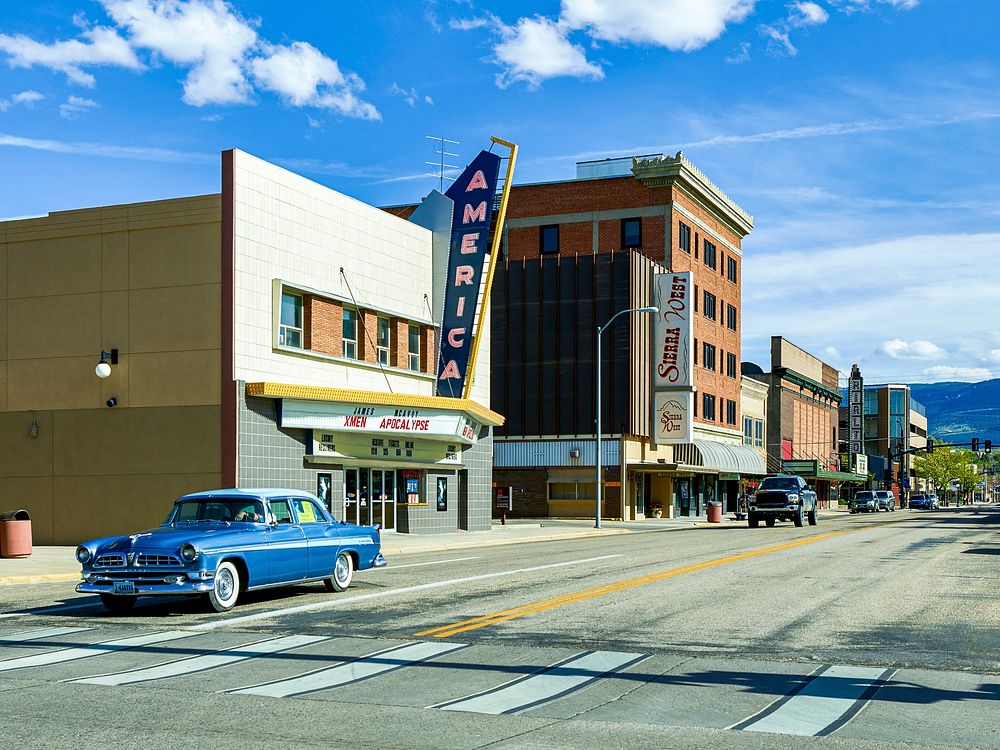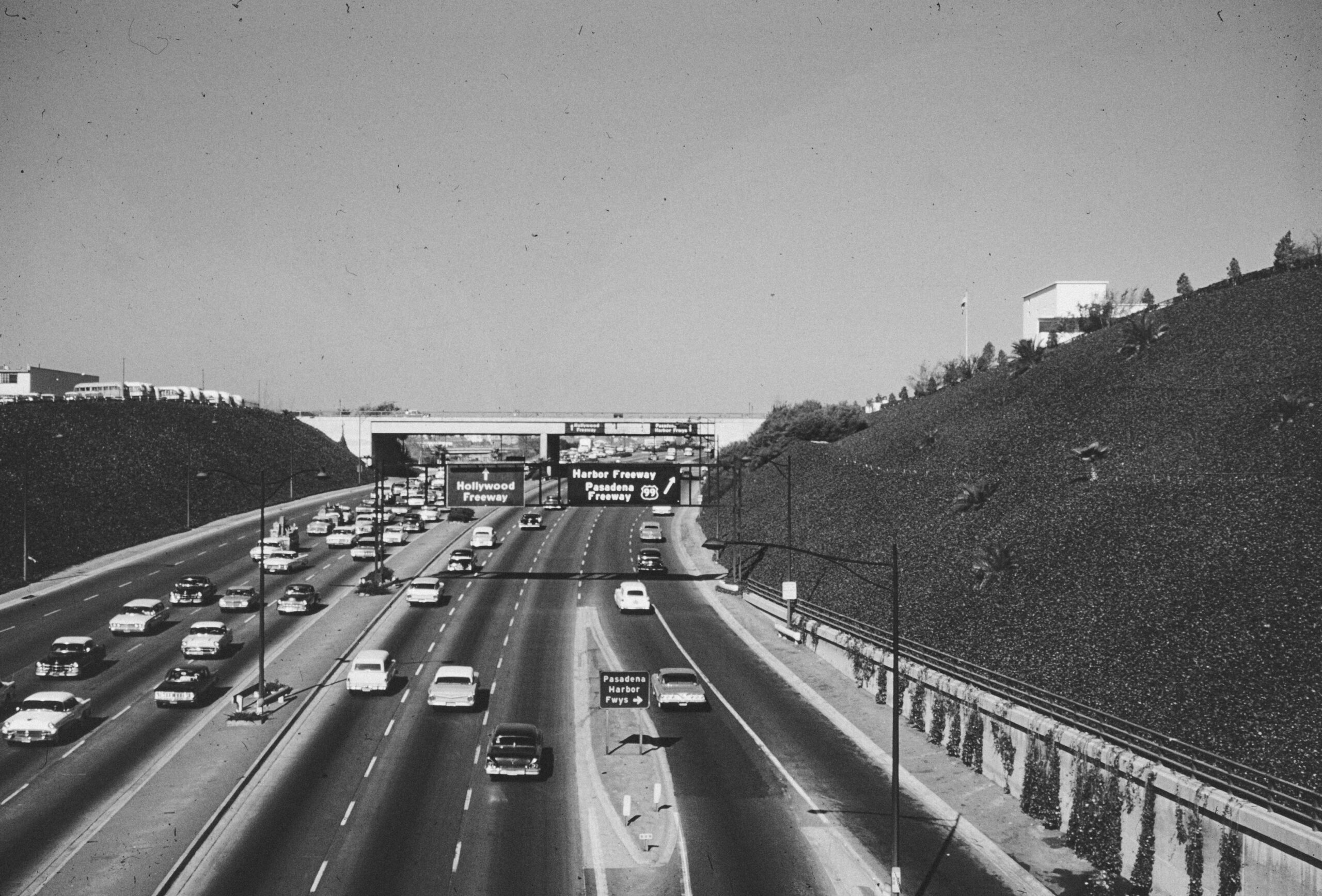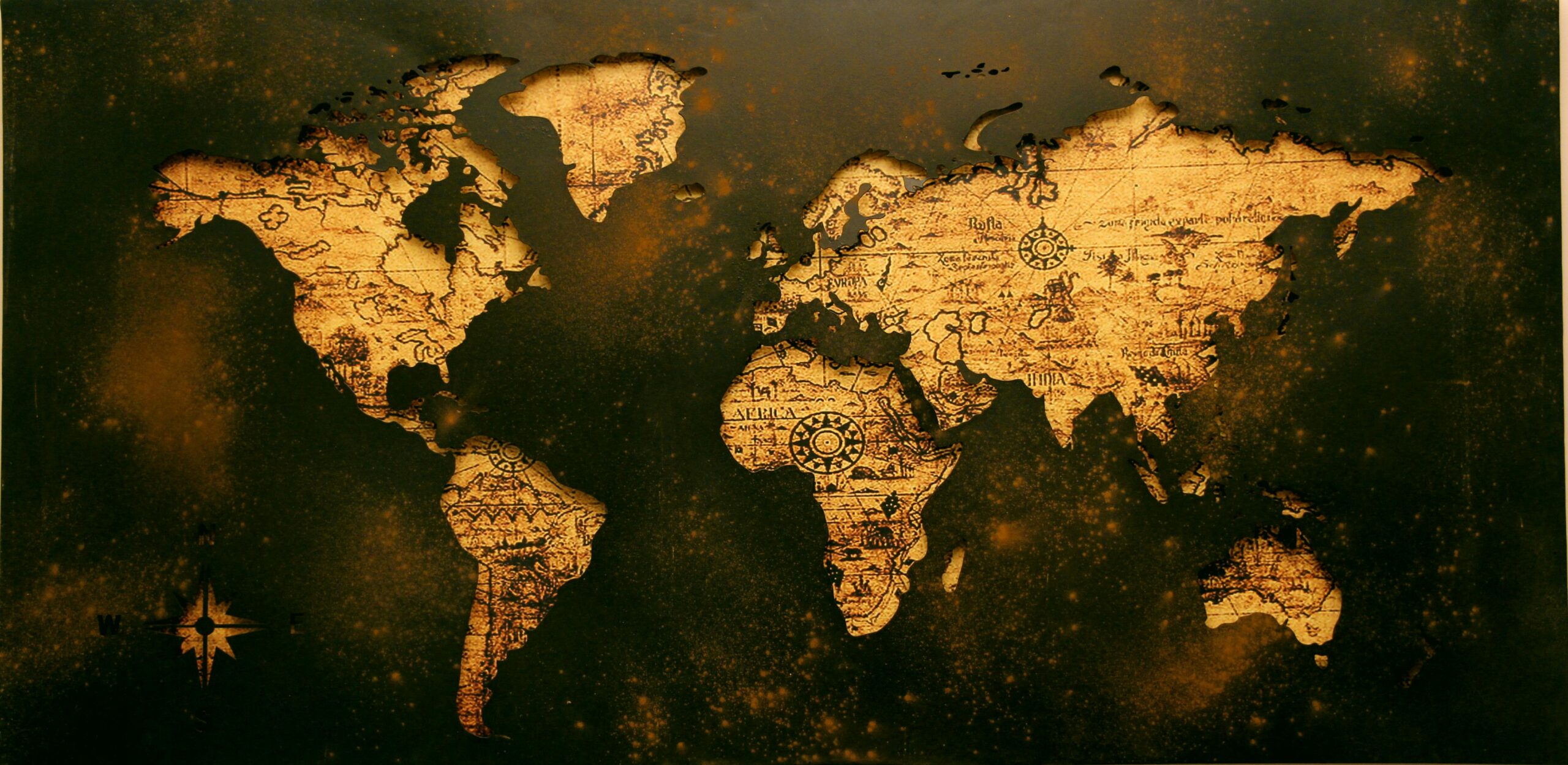By Matija Šerić
The Second World War was the darkest and bloodiest conflict in human history, claiming over 50 million lives. Out of that unimaginable destruction emerged a new global power: the United States. While Europe lay in ruins and Asia bled from the war’s aftermath, American industry and territory remained largely untouched, aside from the attack on Pearl Harbor. This advantage enabled the U.S. to assume the role of a world hegemon and shape a global order that would define much of the 20th and 21st centuries.
Americans Become Aware of Oil’s Importance
Political, military, and industrial elites in Washington quickly learned a critical lesson from both World Wars: whoever controls energy, controls power. Oil became the lifeblood of the modern world—the fuel driving tanks, ships, aircraft, and entire empires. Immediately after the war, American strategists set a clear objective: secure enough oil for their armed forces and prevent adversaries, particularly the Soviet Union, from accessing this crucial resource.
From 1945 onward, control over global oil supplies became the foundation of U.S. global dominance. As Belgian historian Michel Collon succinctly put it: “If you want to rule the world, you must control the oil. All of it. Everywhere.” Oil was no longer merely an energy source—it became a symbol of power, a tool of politics, and the currency of the new world order.
Boom of US economy after the WW2
The Birth of the Rockefeller Oil Empire
After World War II, one dynasty began to dominate the global oil scene: the Rockefellers. Their empire, centered around powerful companies such as the Standard Oil Company of New York (SOCONY Mobil), Standard Oil Company of New Jersey (later Esso, then Exxon), Standard Oil Company of California (Chevron), and Standard Oil Company of Indiana (Amoco), quickly gained control over the majority of global oil production.
Just as British companies like British Petroleum and Royal Dutch Shell had shaped the global energy map after World War I, a new era began after 1945—the Rockefeller era of oil. Oil sources not initially under their control were soon brought into their orbit through bilateral agreements or discreet CIA operations that opened doors for American interests worldwide.
By 1950, the Rockefeller oil empire produced roughly 70% of the world’s oil, with strongholds in North America and Venezuela. But their ambition extended beyond mere profit. They pursued a deeper, strategically calculated vision: reshape the U.S. economy around a single, indispensable resource. The goal was a system in which the economy, the military, and society were interconnected by invisible chains of dependence on oil. In the quiet of corporate offices and geopolitical negotiations, “oil America” was born—a nation whose rise, power, and future would be anchored in black gold.
The Rise of the Car Society
In the postwar years, the Rockefeller oil empire—a coalition of Standard Oil companies—set out to fundamentally reshape the American economy. A new era began: the age of oil and automobiles, a symbol of progress and modern life. Where the Great Depression of the 1930s had promised “a chicken in every pot,” by the early 1950s the promise had evolved into “one or two cars in every garage.” The automobile became the new icon of the American dream, no longer a luxury for the wealthy but a necessity for ordinary citizens.
In partnership with Detroit automotive giant General Motors, Standard Oil created a massive market powered by oil. This alliance between fuel and steel transformed America into a civilization on wheels. Postwar developers built sprawling suburbs and large shopping centers far from rail lines, fostering a lifestyle in which a car was essential. Railways, once symbols of American progress, became primarily freight corridors, while passengers shifted to roads, buses, and cars. The internal combustion engine became the heartbeat of daily life, and oil flowed like blood through the nation.
US cars in 1950s
The Secret Pact of the Giants
A secret pact between three industrial giants—General Motors, Standard Oil, and Firestone—between the late 1930s and early 1940s permanently reshaped America’s urban future. Behind closed doors, they decided that urban electric streetcars, symbols of clean and efficient mobility, would disappear from American streets.
By 1945, most major U.S. cities had energy-efficient streetcar networks transporting millions daily. Cars were still a luxury—only 1% of Americans owned one, while railways remained the backbone of urban transit. But the vision of General Motors president Alfred P. Sloan and the Rockefeller oil magnates was entirely different. They sought a nation fueled by gasoline, eyes lifted toward open roads. By eliminating streetcars, they cleared the way for the automobile era, where oil and steel fused into the most powerful economic alliance of the 20th century. The electric pulse of American cities faded, giving birth to the America on four wheels.
America Becomes the Kingdom of Cars
In the decades following World War II, General Motors was no longer just a car manufacturer. The corporation became the architect of a world measured by speed, roads, and fuel consumption. By acquiring the largest U.S. bus company and relocating its headquarters to Manhattan, GM systematically reshaped urban transportation.
By buying shares in New York railways, GM dismantled its own competition from within, paving the way for buses powered by gasoline—and with them, the Rockefeller oil empire. Manhattan, once pulsing with the rhythm of streetcars and subways, saw its roads fill with buses, cars, trucks, and taxis. The age of traffic jams and oil dependence had begun.
By the late 1940s, GM had purchased and shut down over a hundred urban streetcar systems in 45 cities, replacing them with gasoline-powered buses. By 1955, nearly 90% of electric streetcar lines in the U.S. had vanished forever. Under the guise of progress, one of the most efficient and cleanest transit systems in history was destroyed. America had entered a new era—the era of asphalt, oil, and endless traffic.
References:
Engdahl, F. W.: Myths, Lies, and Oil Wars, Profil, Zagreb, 2012.
Dekanić, I.: Oil – Blessing or Curse, Golden Marketing-Technical Book, Zagreb, 2007.
ftp://ftp.zew.de/pub/zew-docs/entrepreneurship/klepper.pdf
https://www.americansecurityproject.org/the-american-revolution-energy-history-since-1776/
https://guides.loc.gov/this-month-in-business-history/january/standard-oil-established







